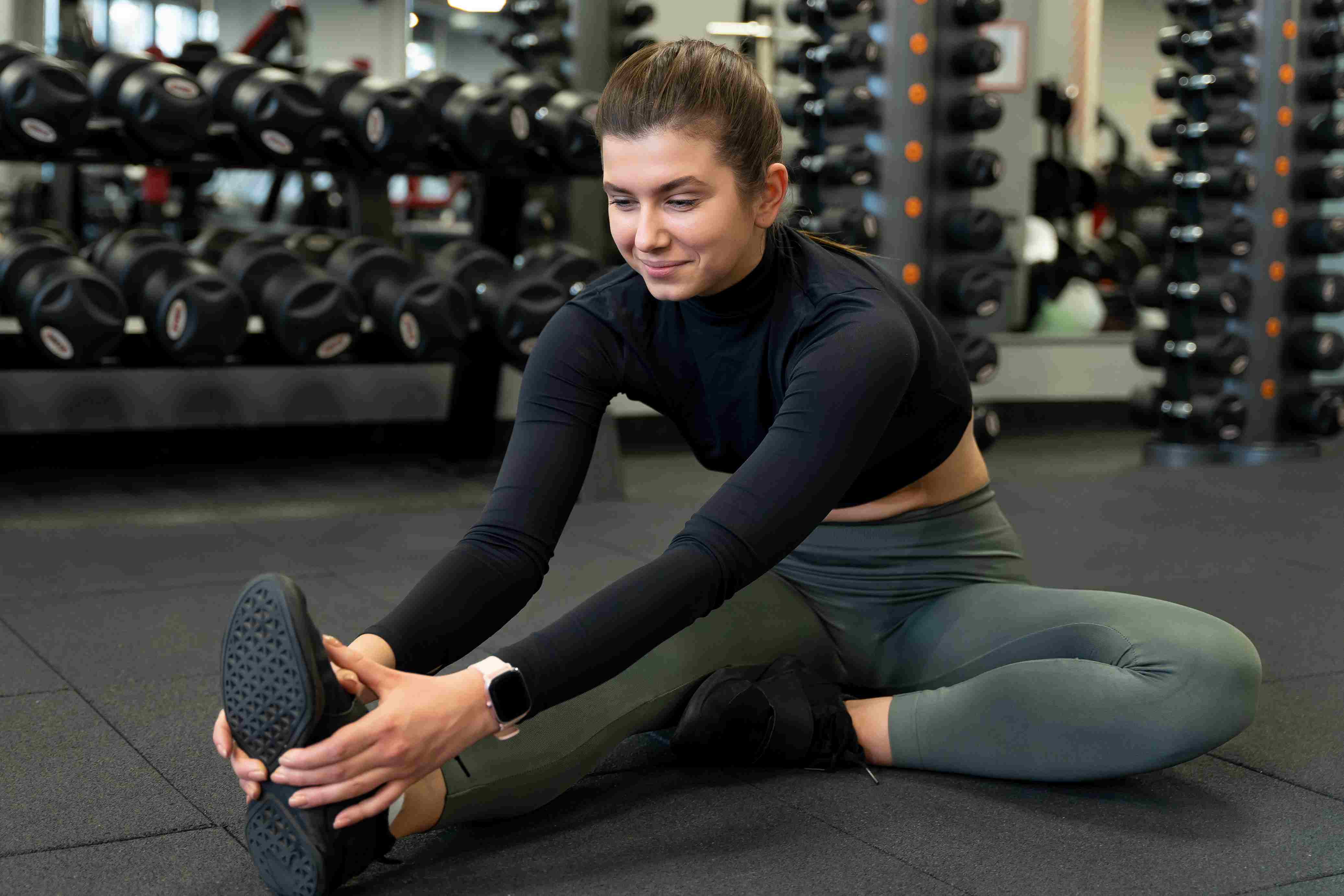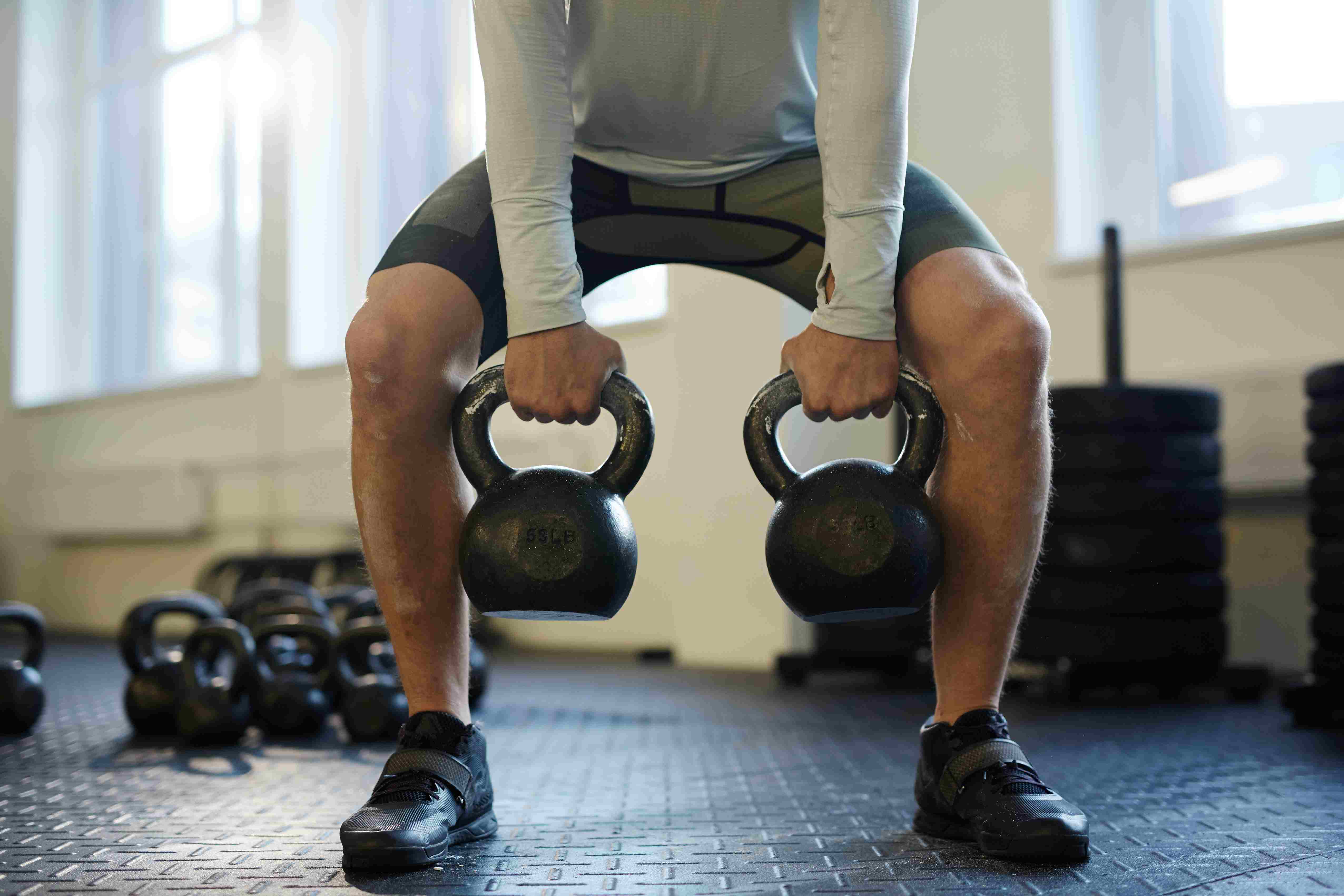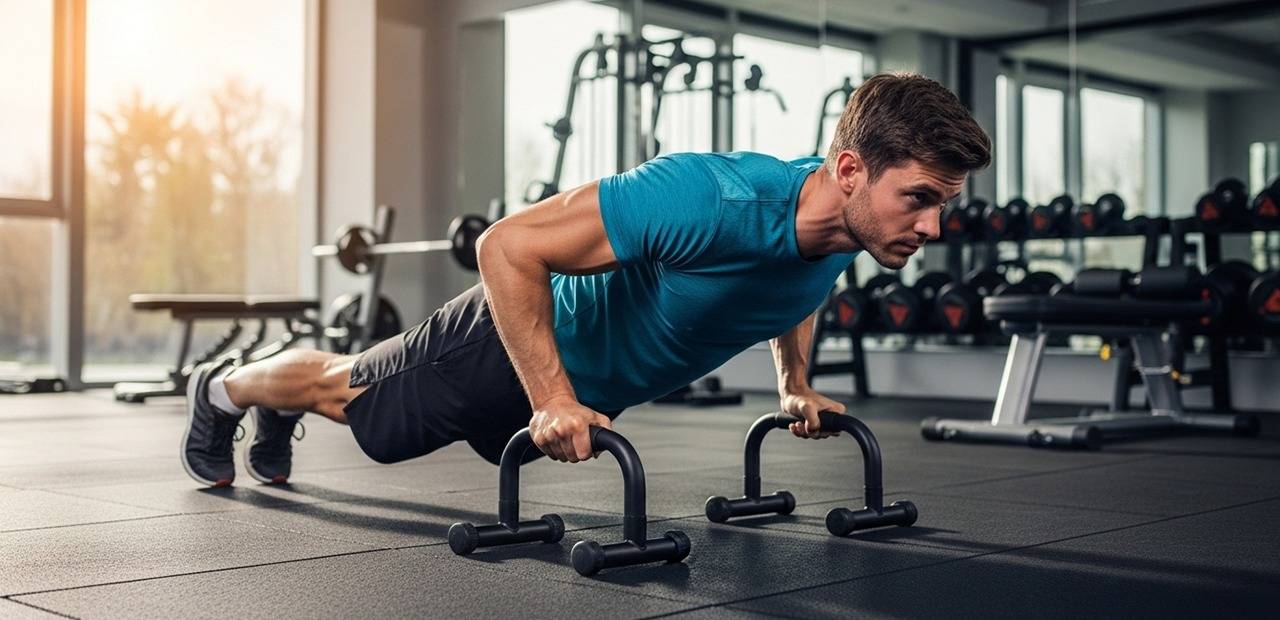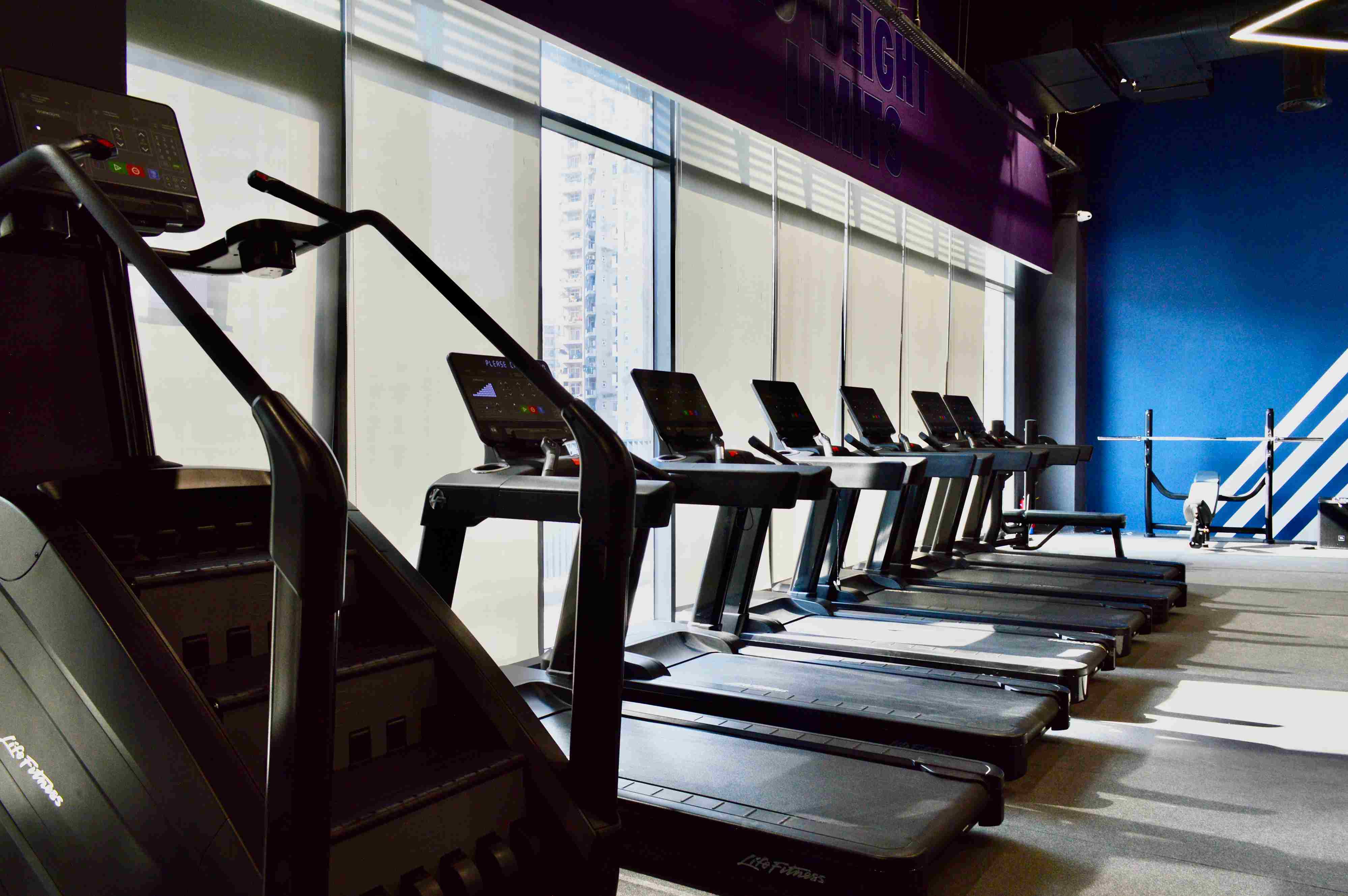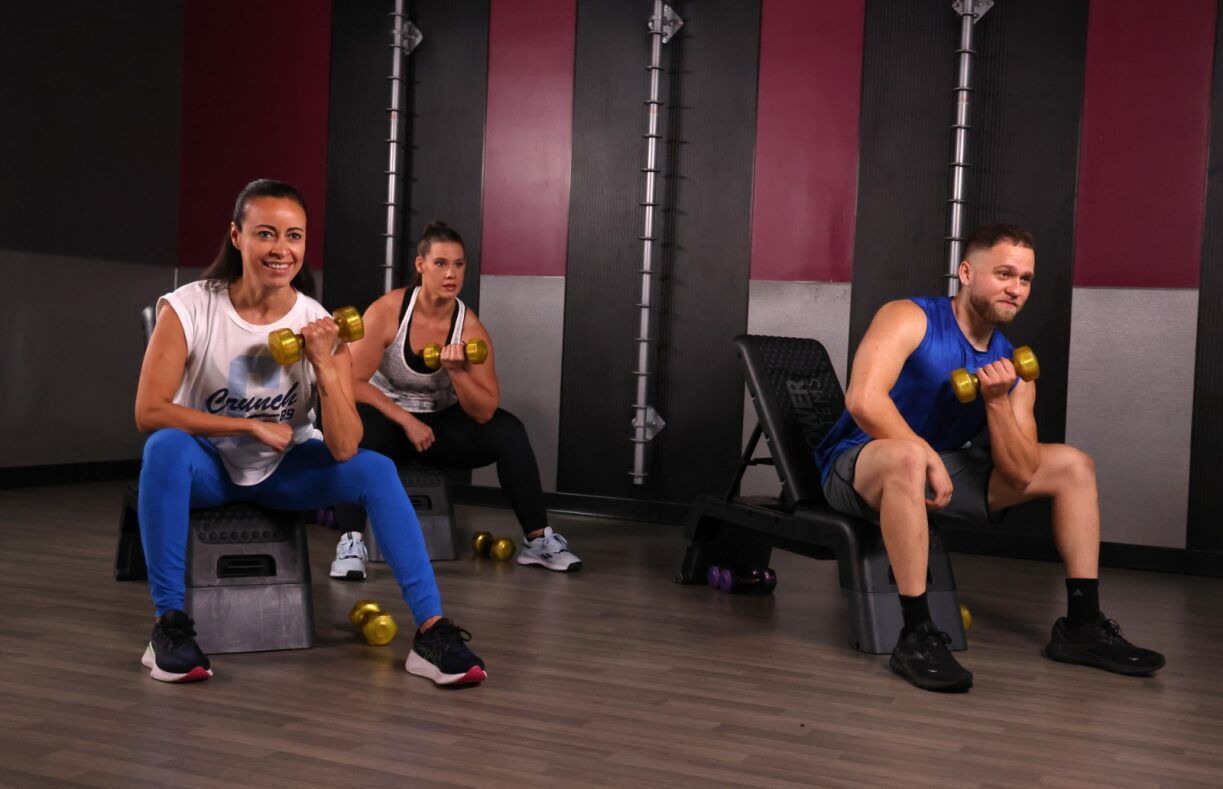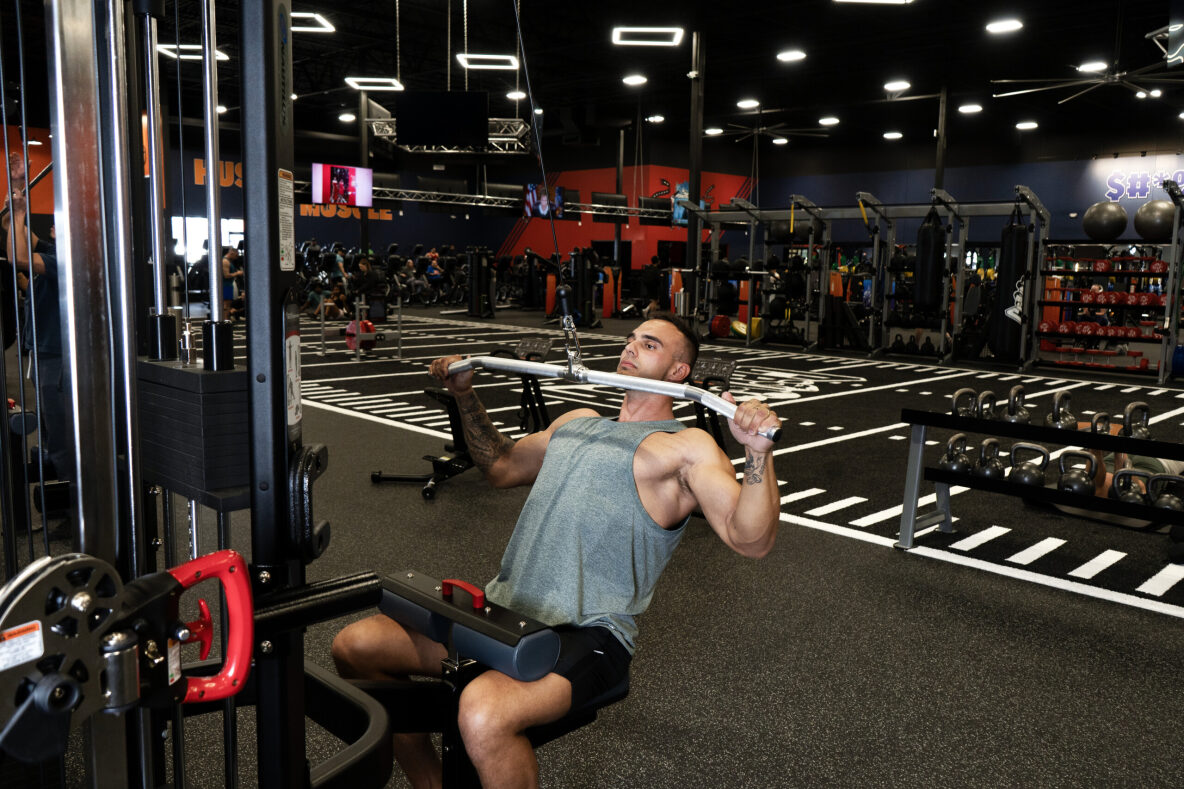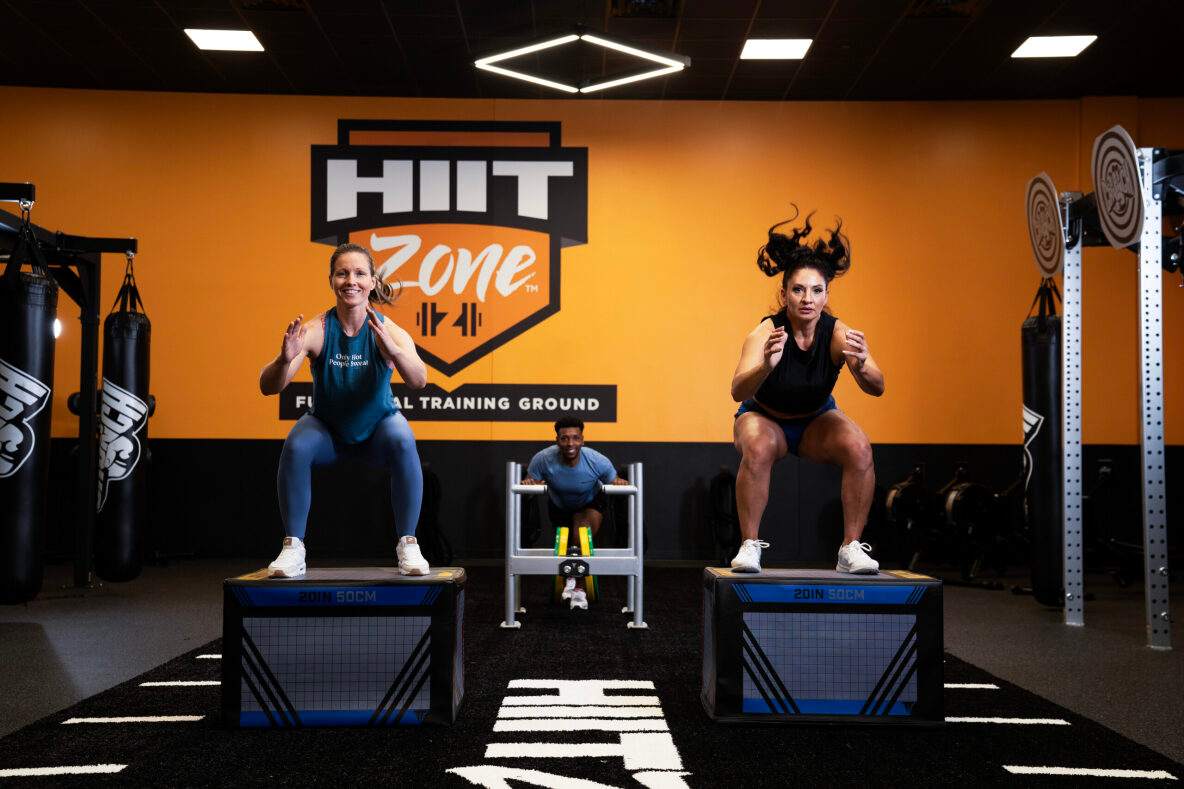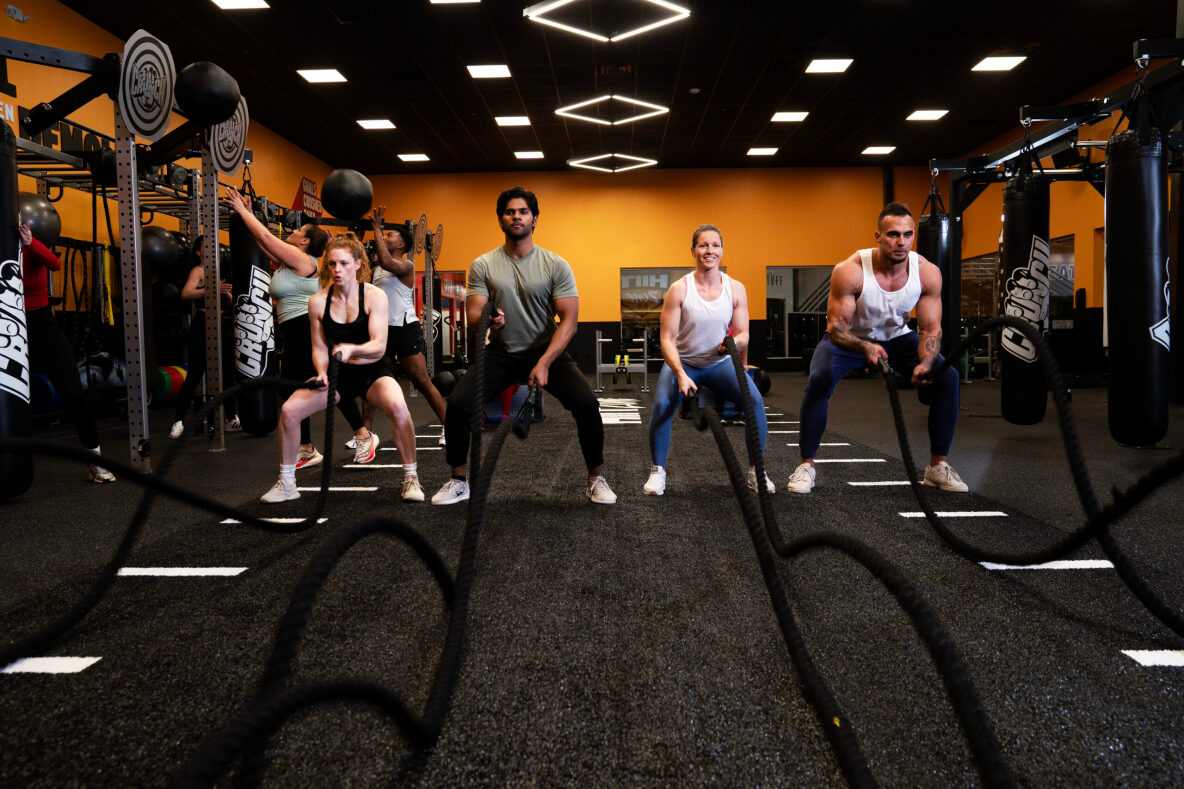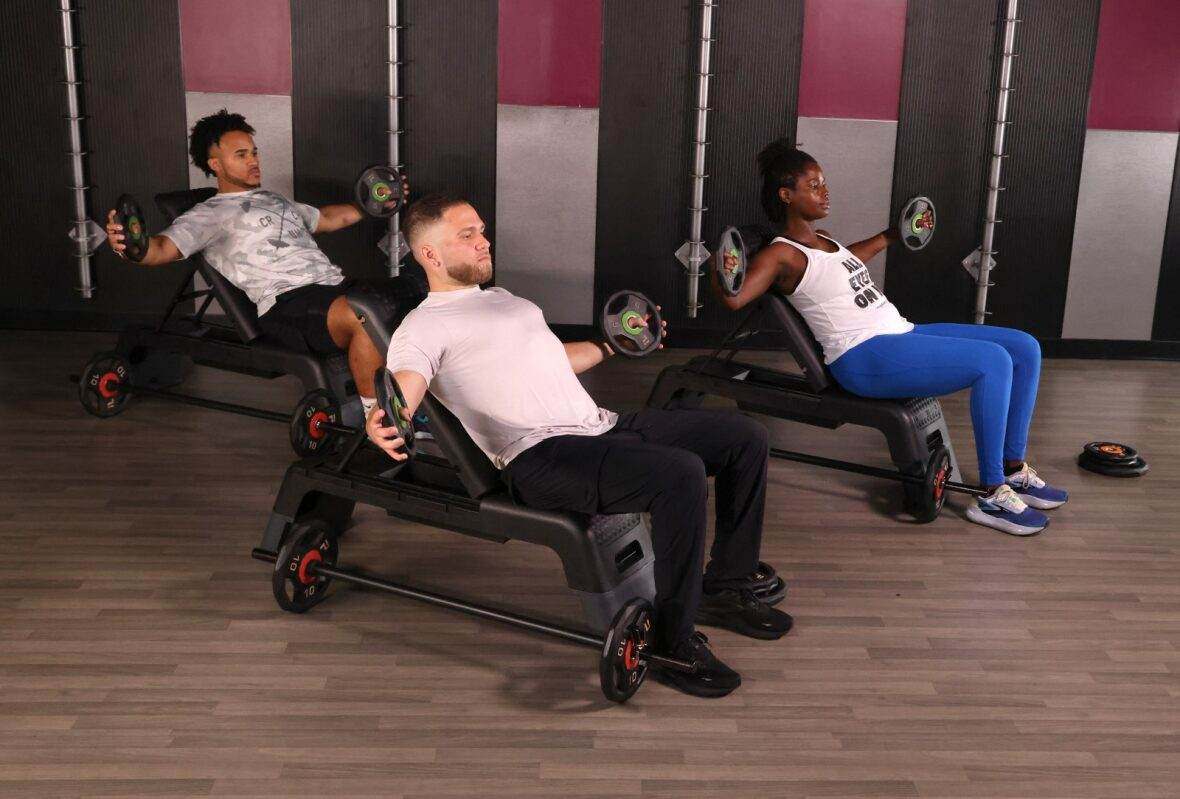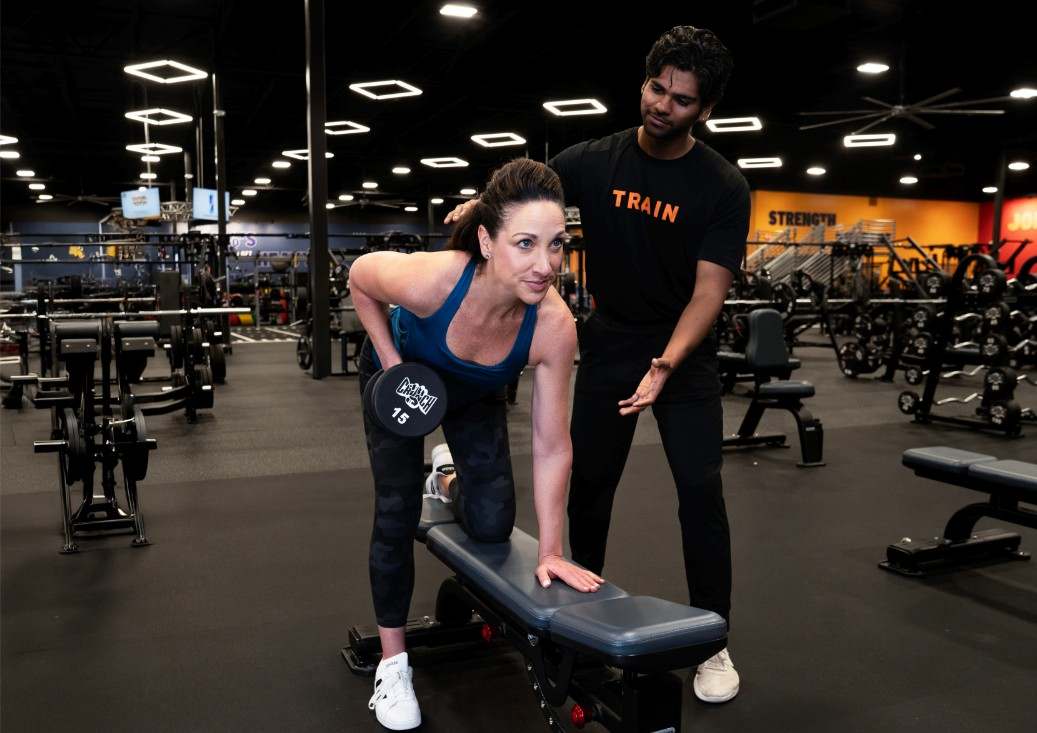On your first gym visit for a kettlebell workout, the shiny machines lined up and the rows of dumbbells might look like something you’ve seen before. But in the corner, there is an awkward metal ball with a handle on the top. That is a kettlebell—if you have never picked it up, you are missing out on one of the most versatile training tools in fitness.
It is not that kettlebells are a new thing. They have actually been existing for a long time and were first used by the Russians to acquire brute force and stamina. At present, they are acclaimed all over the world for their ability to combine strength, cardio, and mobility training into a single, compact workout. The beginners might find the kettlebell exercises quite daunting, but the truth is that with the help of only a couple of simple moves, you can get excellent results.
We are going to dig deeper into the question of why kettlebells deserve your time, what differentiates them from the rest, and the beginner-friendly exercises you can hit off with today.
Why Choose Kettlebells? Kettlebell Workout Benefits
Before we delve into the “how,” we should discuss the “why.” Kettlebells are different because of the following:
1. Total body engagement: Kettlebells are totally different from traditional dumbbells, which isolate muscles. They practically force your entire body to work with each other.
2. Functional strength: The movements resemble the actions of the real world—lifting, swinging, and carrying, etc. So you become not only stronger in the gym but also in your daily life.
3. Cardio + strength in one: Kettlebell cardio exercises will help you to build your muscles while increasing your heart rate. You will save the time you would spend on separate workouts.
4. Grip and core power: With off-center weight distribution, your stabilizers get challenged; thus, your grip and core strength become stronger than ever.
Honestly, all you need is one kettlebell—seriously, it’s like the Swiss Army knife of gym gear. Ditch all those clunky machines and extra weights. This thing’s got your back.
How to Get Started
Alright, before you go swinging that thing around like a maniac, a few pointers so you don’t accidentally launch it through your TV:
Pick the right weight:
- For men: 8–12 kg (18–26 lbs)
- For women: 4–8 kg (9–18 lbs)
Warm up properly: Shoulder circles, hip hinges, and light bodyweight squats are some of the exercises that help get your joints ready for the changeable nature of kettlebell moves.
Focus on form: The point is to achieve perfection, not finish fast. The goal of the whole ordeal is to be redirected to master speed and not to mastery speed.
6 Kettlebell Exercises For Beginners
Try these exercises for a strategic kettlebell workout for fat loss plan:
1. Kettlebell Deadlift
The absolute base of the kettlebell workout.
You should start by putting the kettlebell on the floor between your feet.
Pick the kettlebell with a hip-width feet stance and chest tall.
Touch the handle with a hip hinge movement (not with knees).
Engage your glutes and lift your chest with your heels, push, and stand tall.
Return to the ground again, but with control.
Muscles worked: Glutes, hamstrings, lower back, core.
You’ll get the hang of the hip hinge, too. That’s the big foundational move for almost every kettlebell exercise out there. Get this down, and you’re golden.
2. Kettlebell Goblet Squat
Gain not only leg power but also upper body strength.
Grab the kettlebell like a goblet, rest it against your chest with elbows in.
While lowering, keep your chest up and heels down.
Come back to the instructing position by pushing the ground.
Muscles worked: Quads, glutes, core, arms.
It’s a good first step into squats that not only build leg strength but also teach you to engage your core.
3. Kettlebell Swing
The signature move of the kettlebell.
Place the kettlebell on the ground a foot ahead of you.
Grip the kettlebell by the handle with a hip hinge, and pull it between your legs.
Propel your hips forward explosively to raise the bell up to chest level.
Wait until the bell goes back and keep on doing it.
Muscles worked: Glutes, hamstrings, core, shoulders, grip.
One of the hardest fat burners and power builders combined in one move – the kettlebell swing – is what dazzles people the most about kettlebells.
4. Kettlebell Press
Top body power with a stability problem.
Throw the kettlebell on the shoulder (rest on the forearm).
Press it up overhead, core should be tight, and the wrist straight.
Return the kettlebell to the shoulder with control.
Muscles worked: Shoulders, triceps, chest, core.
The kettlebell lift that delivers power, keeps you steady and controlled – just as the uneven weight demands.
5. Kettlebell Row
Make your back – the muscles that are always ignored – stronger.
Lay the kettlebell on the ground.
Through the hips hinge, put your hand on the thigh or support off a bench.
Pull the kettlebell to your stomach.
Drop the weight slowly and do the action again.
Muscles worked: Lats, traps, biceps, core.
In this way, the posture and the pushing workout are balanced out.
6. Kettlebell Carry (Farmer’s Walk)
Easy, but extremely potent.
Hold one kettlebell in each hand (or just one if you want to challenge your core more).
Stand tall, with shoulders back.
Walk at a slow pace for either a certain distance or a certain time.
Muscles worked: Core, grip, shoulders, legs.
Carrying a heavy load is one of the few activities that is closest to real life and that requires functional strength at its peak.
Putting It Together: A Beginner Workout
Try this simple full-body kettlebell workout 2–3 times a week.
Warm-up (5 minutes): Arm circles, bodyweight squats, hip hinges.
Workout (3 rounds):
- 10 Kettlebell Deadlifts
- 10 Goblet Squats
- 15 Kettlebell Swings
- 8 Kettlebell Presses (per side)
- 10 Kettlebell Rows (per side)
- 30 seconds Kettlebell Carry
Rest: 60–90 seconds between rounds.
Cool down with some light stretching that targets the hips, hamstrings, and shoulders.
Also Read: Perfect Gym Workout Plan for Beginners
Common Beginner Mistakes
Using any fitness tool comes with learning. Below is the list of things not to do while using a kettlebell:
- Using your arms in swings: Remember—it’s a hip movement, not a shoulder lift.
- Going too heavy too soon: Do it technique only, and then go for weight.
- Rounding your back: Help your spine by keeping it neutral.
- Not doing the warm-up: A Kettlebell moves fast, your joints need a heads up before you start swinging these things around.
The Results You Can Expect
What happens if you stick with kettlebell strength training? Give it a few weeks—you’ll start seeing your body change, no joke.
Stronger, more toned legs and glutes.
A tighter, more powerful core.
Strengthened grip (from doing pull-ups to opening jars, everything becomes easier).
Without running more than necessary on the treadmill, you still get cardiovascular endurance.
Good posture and functional movement in regular activities.
Besides, the fitness level of many beginners also gets better in a short time, and they begin to find the kettlebell workouts fun.
Conclusion
Also, honestly, a lot of newbies level up way quicker than they expect—plus, kettlebell workouts? Kinda addictive once you get the hang of it. You’ll be amazed at how quickly your improvement will show.
Just think: fitness is not about perfection. It is about going forward, being faithful to your practice, and discovering what keeps you going. And for a lot of people, kettlebells could well be the right starting point.
Frequently Asked Questions (FAQs)
Q1. Do kettlebell exercises really work?
Indeed, a kettlebell routine will increase your strength, stamina, and also your range of motion.
Q2. Are kettlebells or dumbbells better?
Dumbbells are generally used for isolated strength training, while kettlebells are more for full-body or cardio workouts.
Q3. Is a kettlebell good for weight loss?
Definitely. Kettlebell training is great for fat loss and muscle toning.
Q4. What happens if I do 100 kettlebell swings a day?
Your hips, grip, and lungs will level up fast—but if you skip rest or slack on your form, your body will definitely let you know (not in a fun way). Maybe start with fewer swings and work your way up unless you enjoy hobbling around.
Q5. Can I kettlebell every day?
Probably not the best idea when you’re starting out. Two or three sessions a week is plenty for most folks. Once you get the hang of it, sure, ramp it up. But don’t forget rest days unless you want to feel like an old mattress.
Explore More Articles
CLOSEST CLUB
Your Local Crunch Noida
SEE OUR MEMBERSHIP OPTIONS



